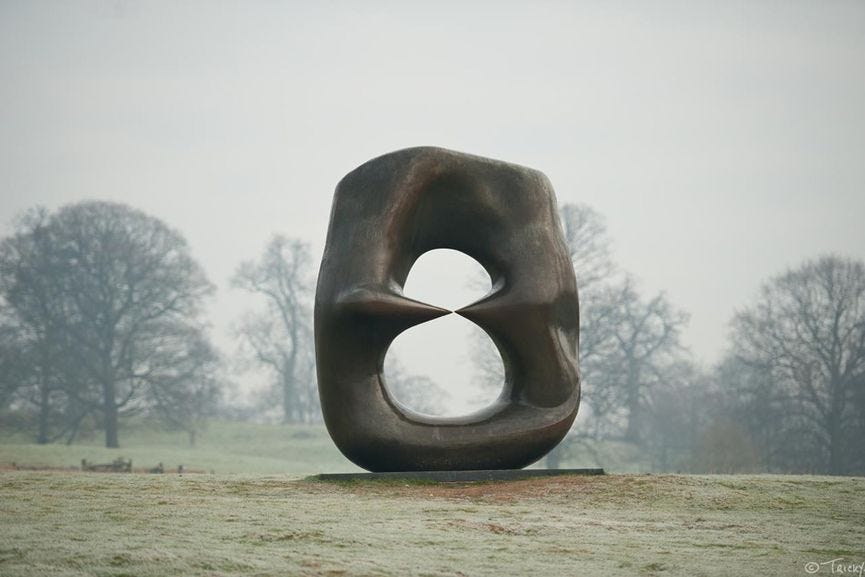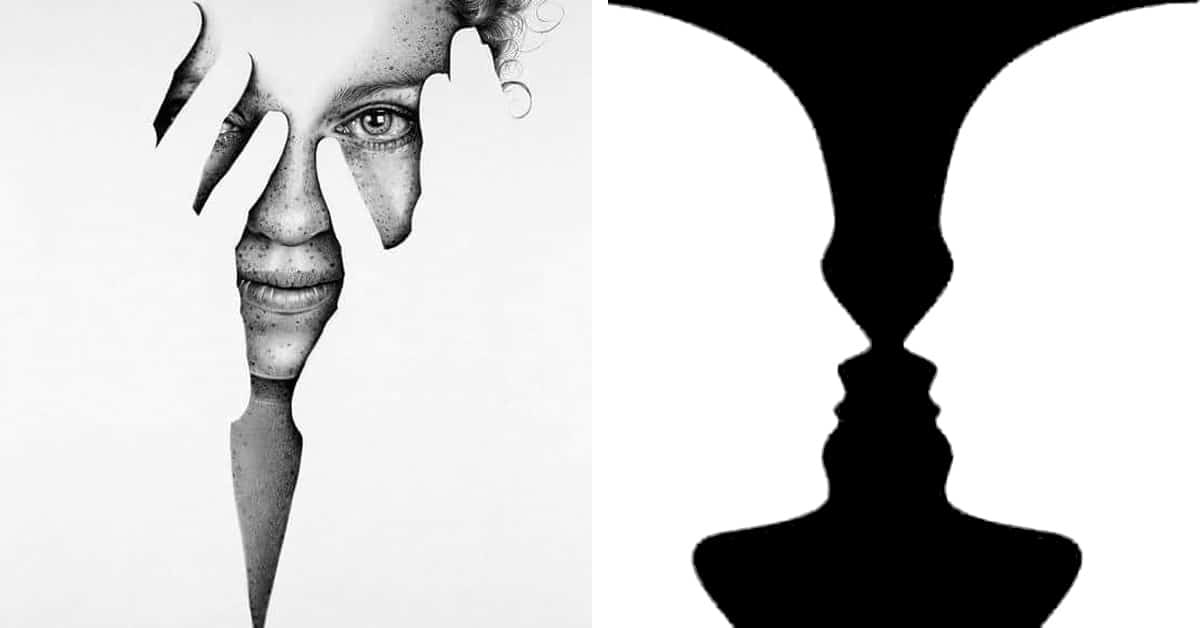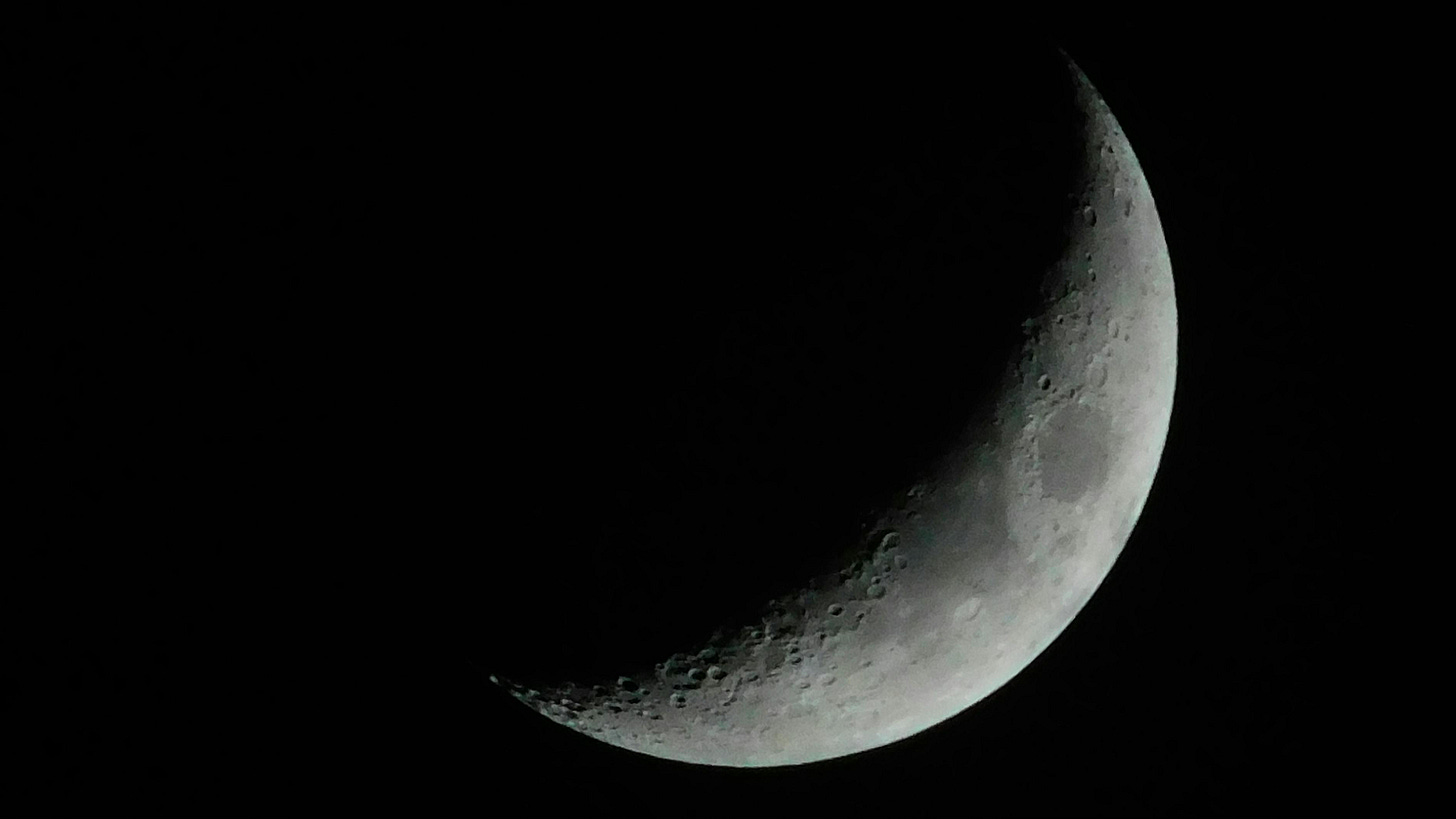Cinema is a matter of what's in the frame and what's out."— Martin Scorsese
In visual art, what isn’t there is just as important as what is. Negative space—the area around and between objects—gives form to figures and breath to composition. It’s not just background; it’s the quiet architecture that balances a piece, guides the viewer’s eye, and lets the subject emerge.
Artists have long understood this. Traditional East Asian ink paintings often leave much of the paper blank—not as omission, but as atmosphere. The emptiness becomes mist, snowfall, silence. In the West, artists like Matisse and O’Keeffe used absence deliberately, letting the viewer’s mind complete the picture. The unseen is part of what is seen.
This reveals something deeper about how we perceive: we’re constantly navigating incomplete information. The brain fills in gaps, projects structure onto ambiguity, and turns what’s missing into meaning.
Cognitive Psychology: Information in What’s Missing
Perception is rarely about complete data. The lack of information is often the information. We judge depth by how one object obscures another, or distance by how things blur and fade. Visually overlapping objects show that one is in front of the other.
This paradox is at the heart of cognition: the obscured reveal, and the unseen inform us. Our minds don’t just record reality; they infer it.
Music: The Sound of Silence and Ambiance
Silence in music isn’t absence—it’s presence. A pause can ache with longing, pulse with tension, or amplify what follows. Our ears, like our eyes, lean into gaps, anticipating, listening harder.
John Cage’s 4'33", a composition of silence, is a reminder: no moment is truly silent. In the absence of intentional sound, we hear ambient noise—rustling, breathing, thought itself. Silence becomes sound by context.
Classical composers like Beethoven, Prokofiev, and Mahler mastered this. The dramatic rests in Beethoven’s Symphony No. 5 heighten the force of the motif. Silence is part of the music. In minimalist styles and modern pop—like the haunting spaces in Billie Eilish’s work—restraint invites intimacy. What’s withheld often moves us more than what’s played.
Composers such as Charles Ives, Steve Roach, and Lustmord also juxtapose loud or clear parts with extendent periods of soft, mysterious ambient sounds.
Below is Charles Ive’s The Unanswered Question:
Below is Steve Roach’s extended ambient work A Deeper Silence:
Below is 1980s Welsh rock band Gene Love's Jezebel’s Bread from Heaven:
Below is Lustmord’s Chorazin:
What’s Unsaid and Unseen in Literature and Film: Meaning in the Gaps
In literature and film, the unspoken often carries the greatest weight. A pause in dialogue, a missing scene, a story that ends abruptly—these don’t leave us empty. They activate the imagination. We interpret. We wonder. We project ourselves into the silence.
Writers like Hemingway, with his spare prose, or Kafka, with his eerie omissions, show how gaps draw readers in. We’re wired to make sense of incomplete information—to look for shape in shadow. What’s left out becomes part of the experience just as surely as what’s written.
"If you want a happy ending, that depends, of course, on where you stop your story." -Orson Welles
Cinema, too, finds power in what’s unseen. The most haunting moments may be the ones that never appear on screen. A door left ajar, a name never spoken, a face hidden from view, the film ending before the story is resolved—these become psychological negative space. They invite us to participate, to imagine what cannot be shown.
Below is the haunting, shadowy end scene from the 1932 Mervyn LeRoy/Paul Muni film I Am a Fugitive From a Chain Gang.
The Philosophy of the Unseen: When Absence Speaks
Philosophers have long wrestled with the power of absence. In Daoism and Zen, the void is not dead space, but potential. “The usefulness of what is not,” as the Dao De Jing puts it, is what allows a bowl to hold soup or a room to be lived in. Form arises from what’s not there.
In Western thought, existentialists like Sartre saw nothingness as the ground of human freedom. We are always acting amid uncertainty, projecting meaning onto an open and undefined world.
The Importance of Nothing in Mathematics
In a previous post, The history of zero, I discussed the importance of the invention of the number zero, a symbol necessary for advanced mathematics and a symbol for both nothing and something. It took centuries of great mathematical and philosophical minds to fully develop this paradoxical idea.










